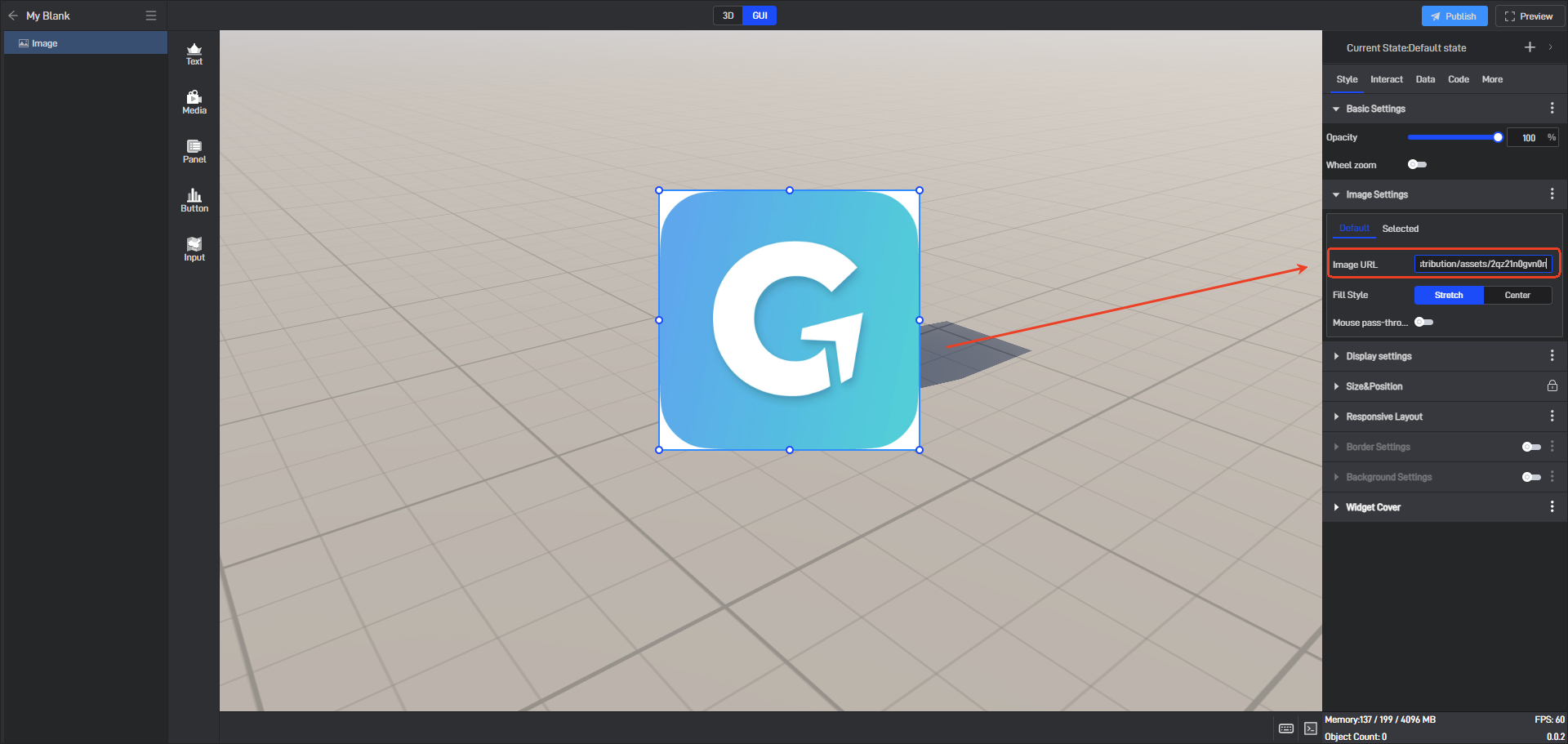Resource Service
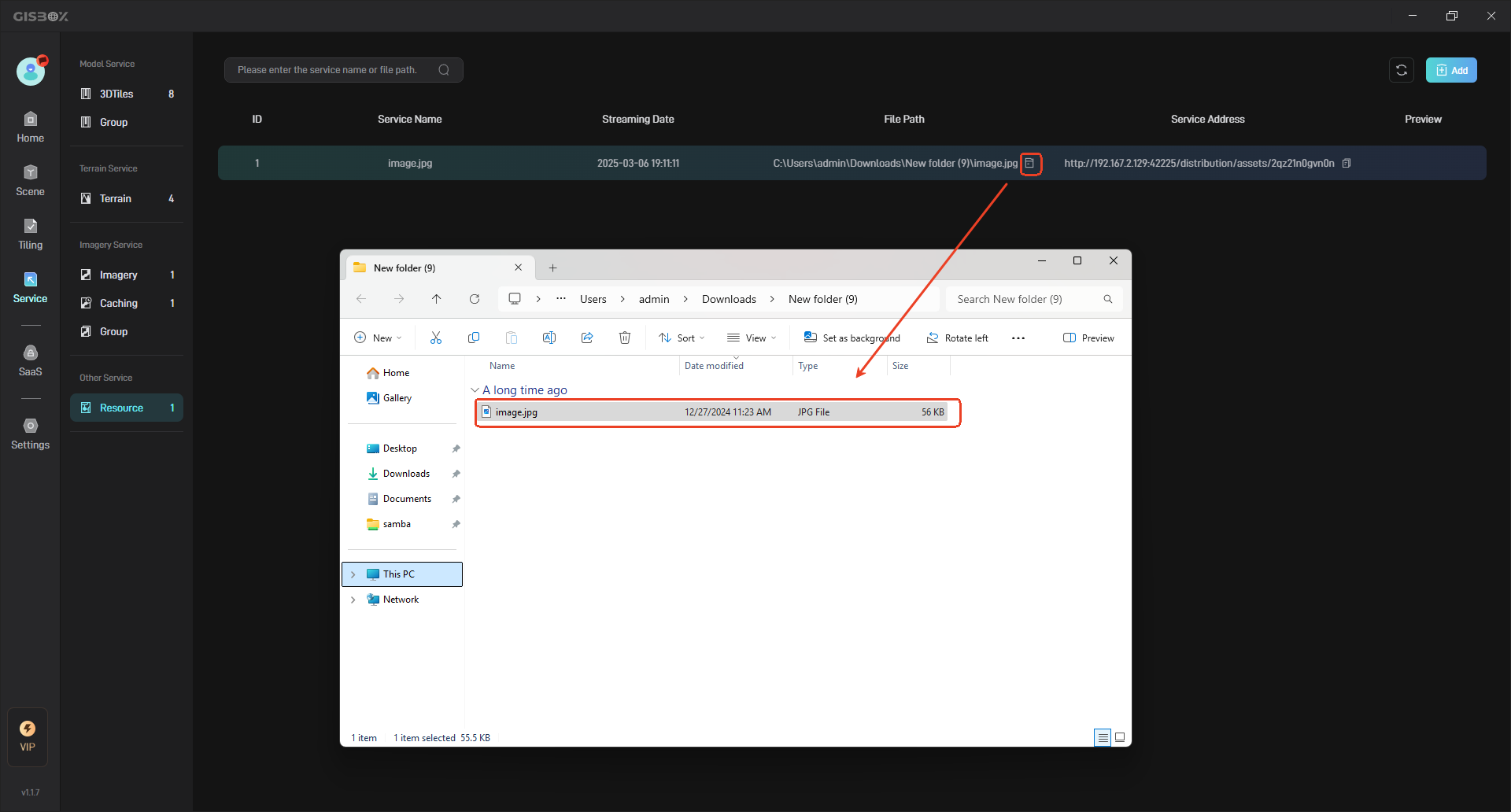 GISBox supports adding resource services. Resource service can easily publish a piece of text or local files, images, videos, etc. as services, which are convenient for importing and using in 3D scenes.
GISBox supports adding resource services. Resource service can easily publish a piece of text or local files, images, videos, etc. as services, which are convenient for importing and using in 3D scenes.
The added resource services can be viewed in the “Resource Service” on the “Service” interface, as shown in the following figure:
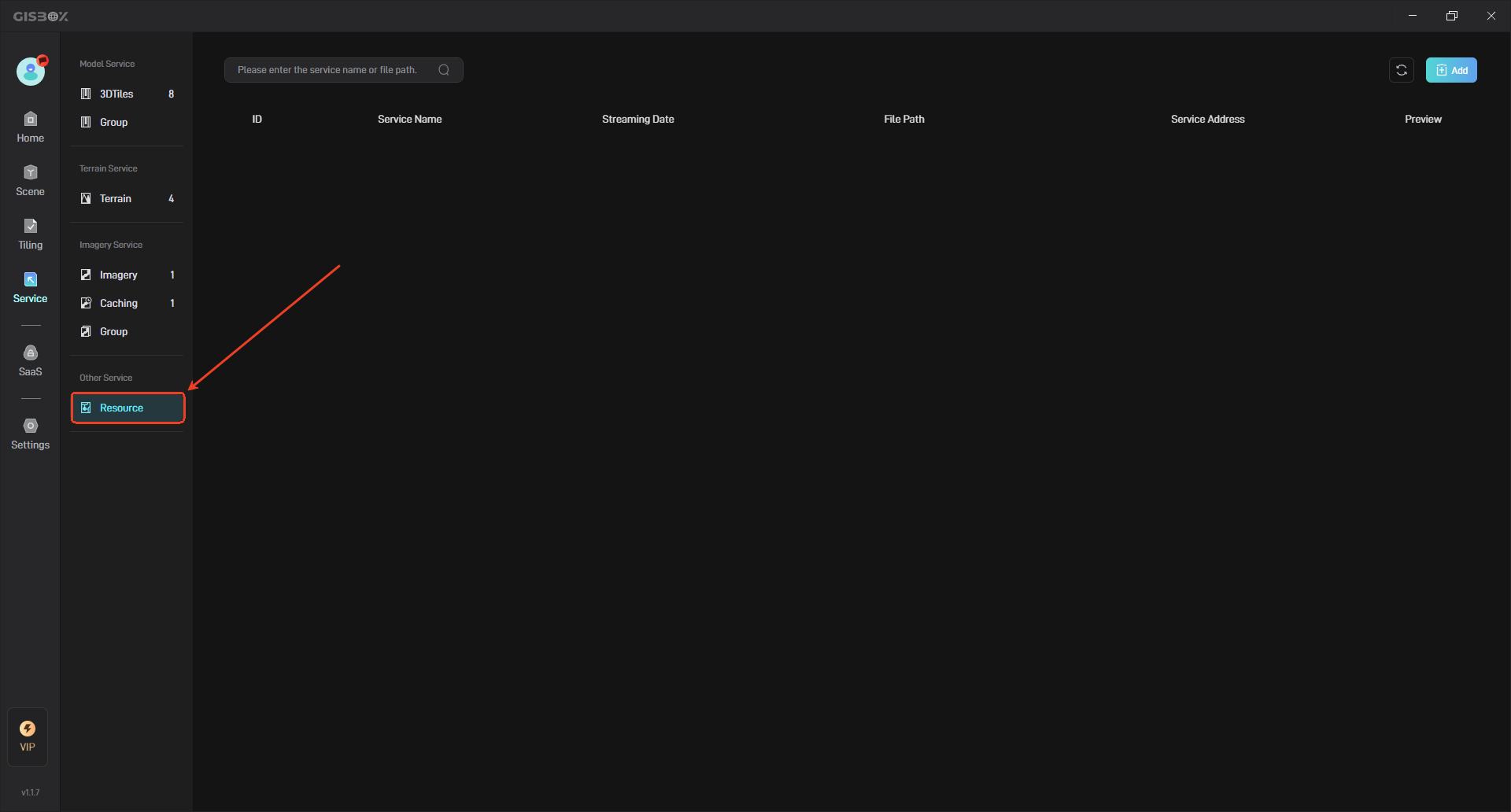
1. Add Resource Service
In the “Resource Service” interface, click the “Add” button in the upper right corner, as shown below:
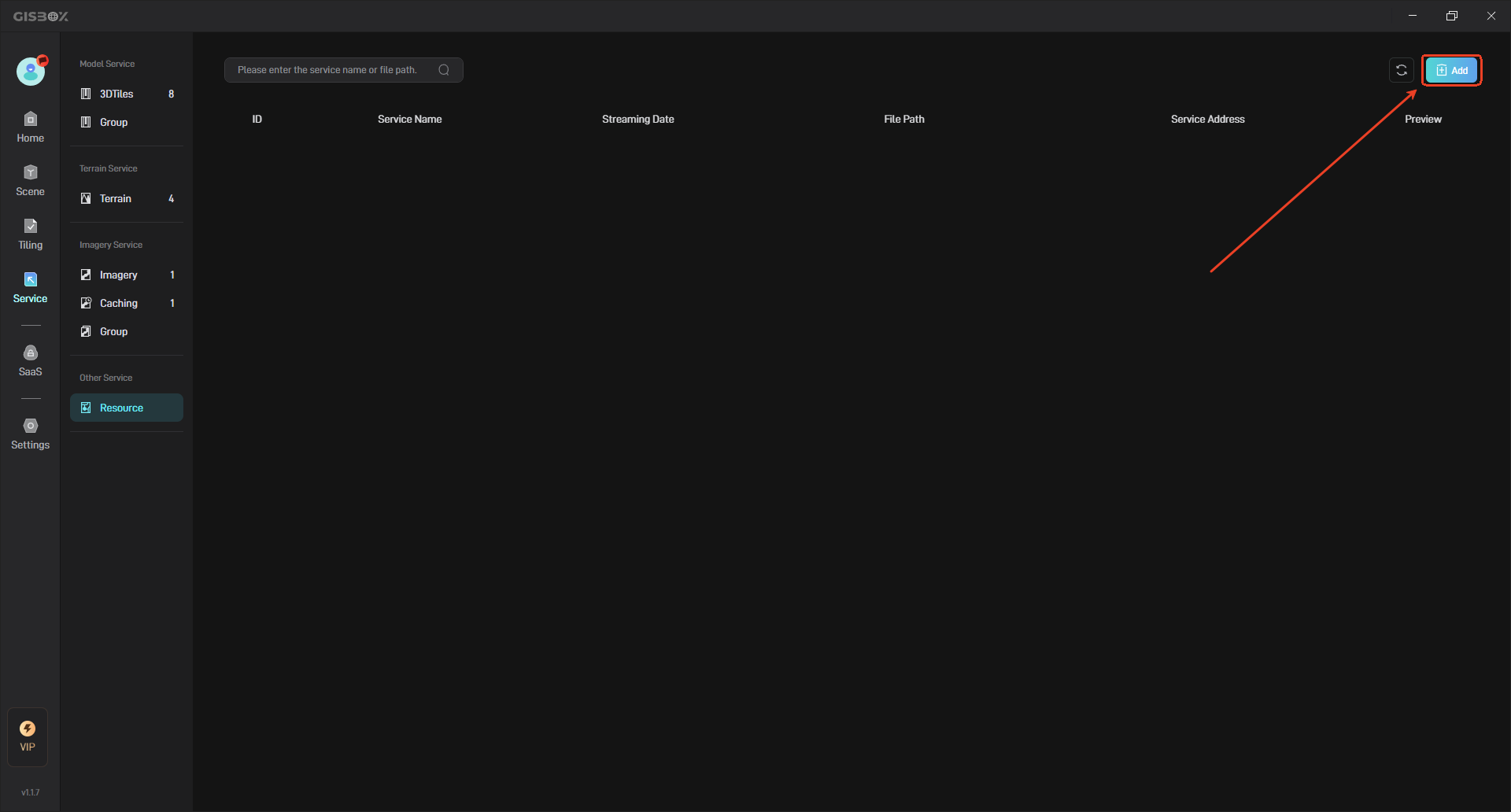
In the pop-up window of “Add Resource”, you can select “Add File” or “Add Text”, as shown in the following figure:
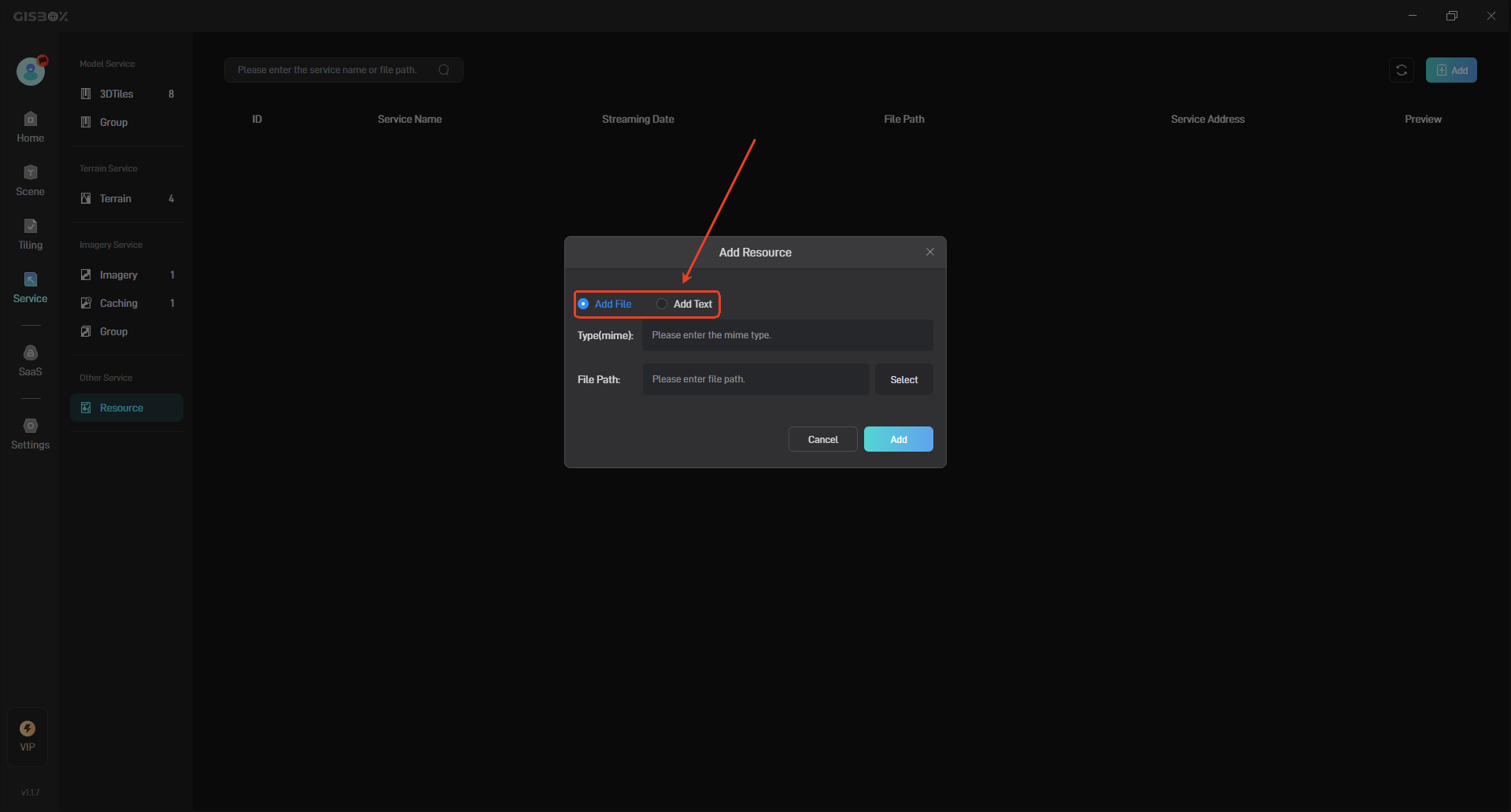
Enter the mime type and select a local file in the file path to add. If the mime type is not entered, after selecting the file, the software will automatically identify the file type and generate the corresponding mime type, as shown below:
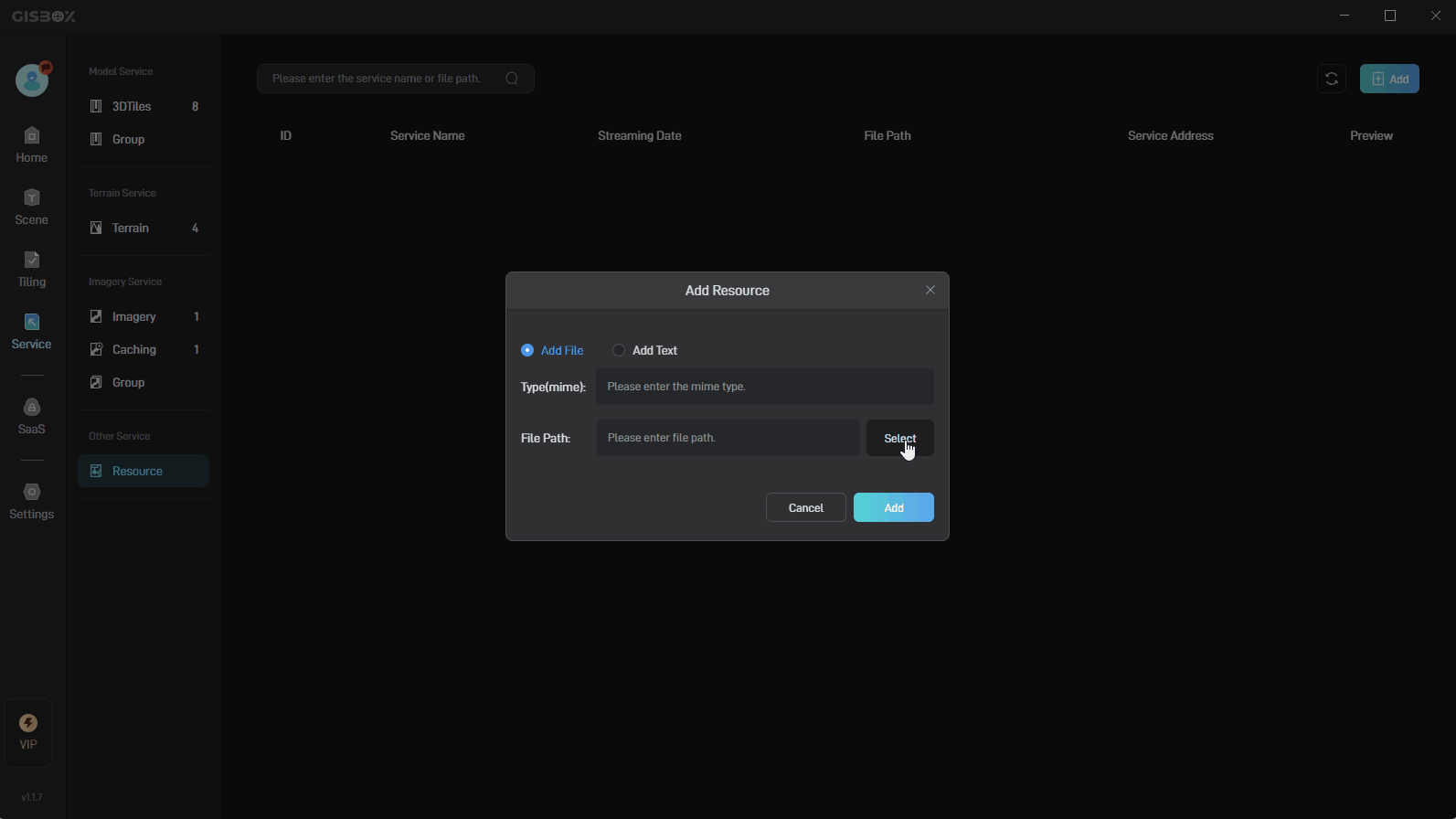
Finally, click the “Add” button to generate the corresponding resource service.
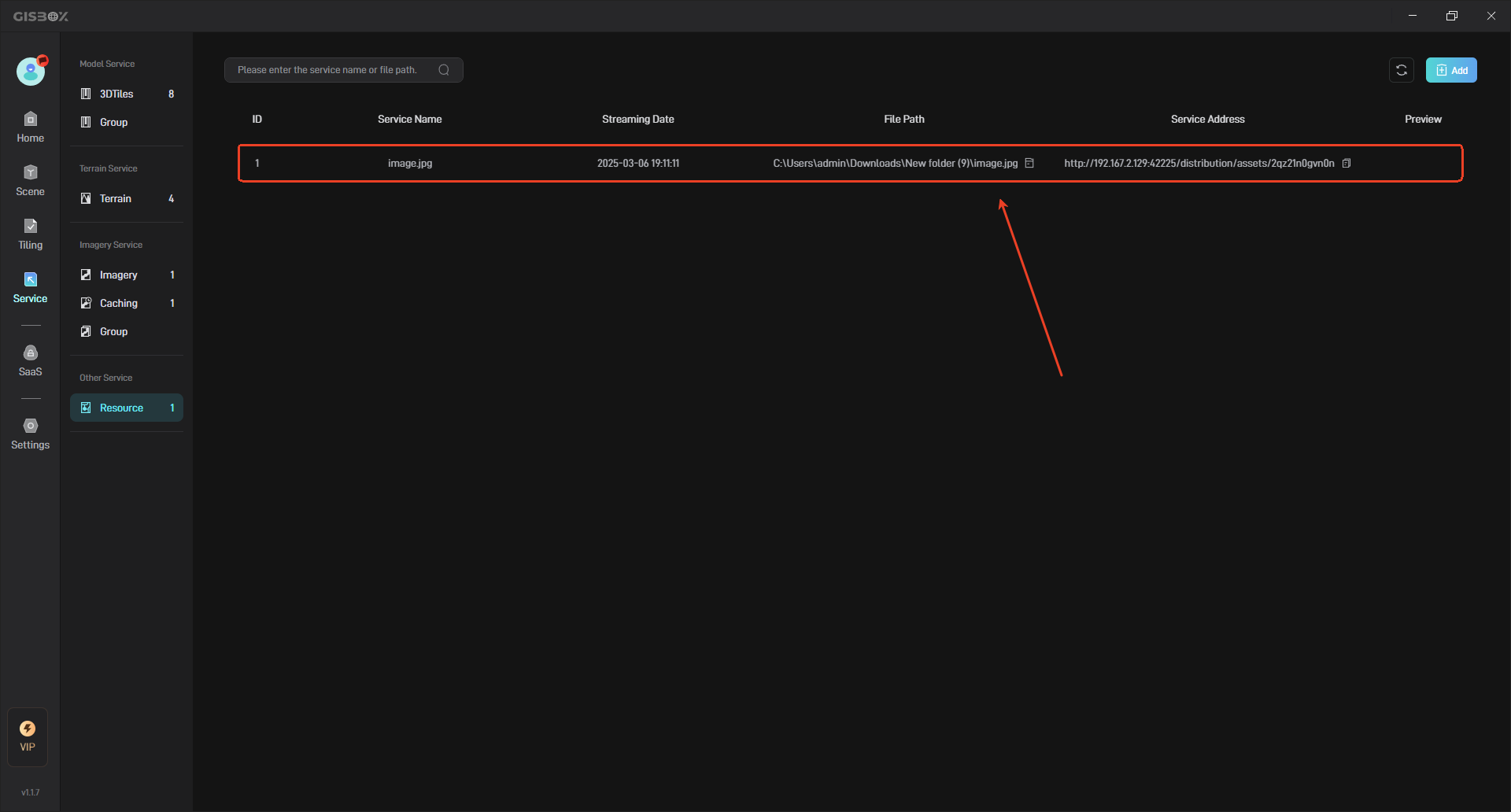
2. Manage Resource Services
2.1 Configuration Item Description
| Configuration item | Description |
|---|---|
| ID | Each added resource service will have its own number and will be sorted in the order of release time. The earlier the release time, the larger the number. |
| Service Name | You can customize the service name. The default service name is the name of the file imported when the resource is sliced. |
| Release time | Indicates the time when the resource service is released. |
| File Path | Indicates the file path where the resource service is saved locally. |
| Service Address | The service address generated by GISBox can be applied to GIS platforms such as Cesium, and can also be applied to some digital twin project building platforms, such as Wings Engine. |
2.2 Search Resource Service
You can enter the service name or file path in the search bar to search.
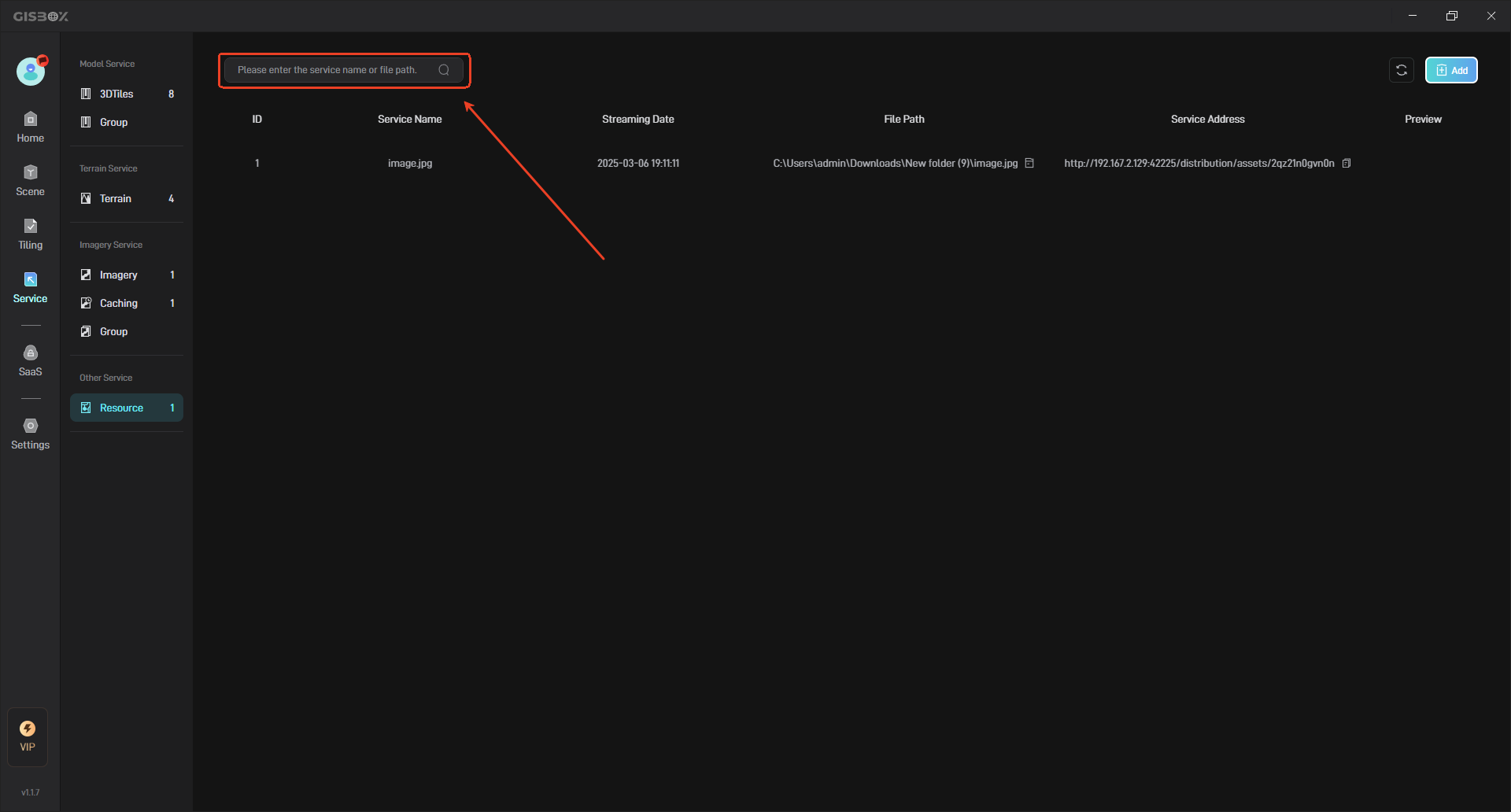
2.3 View File Path
Click the “Open Folder” button in the file path to view the local file path of the resource service, as shown in the following figure:
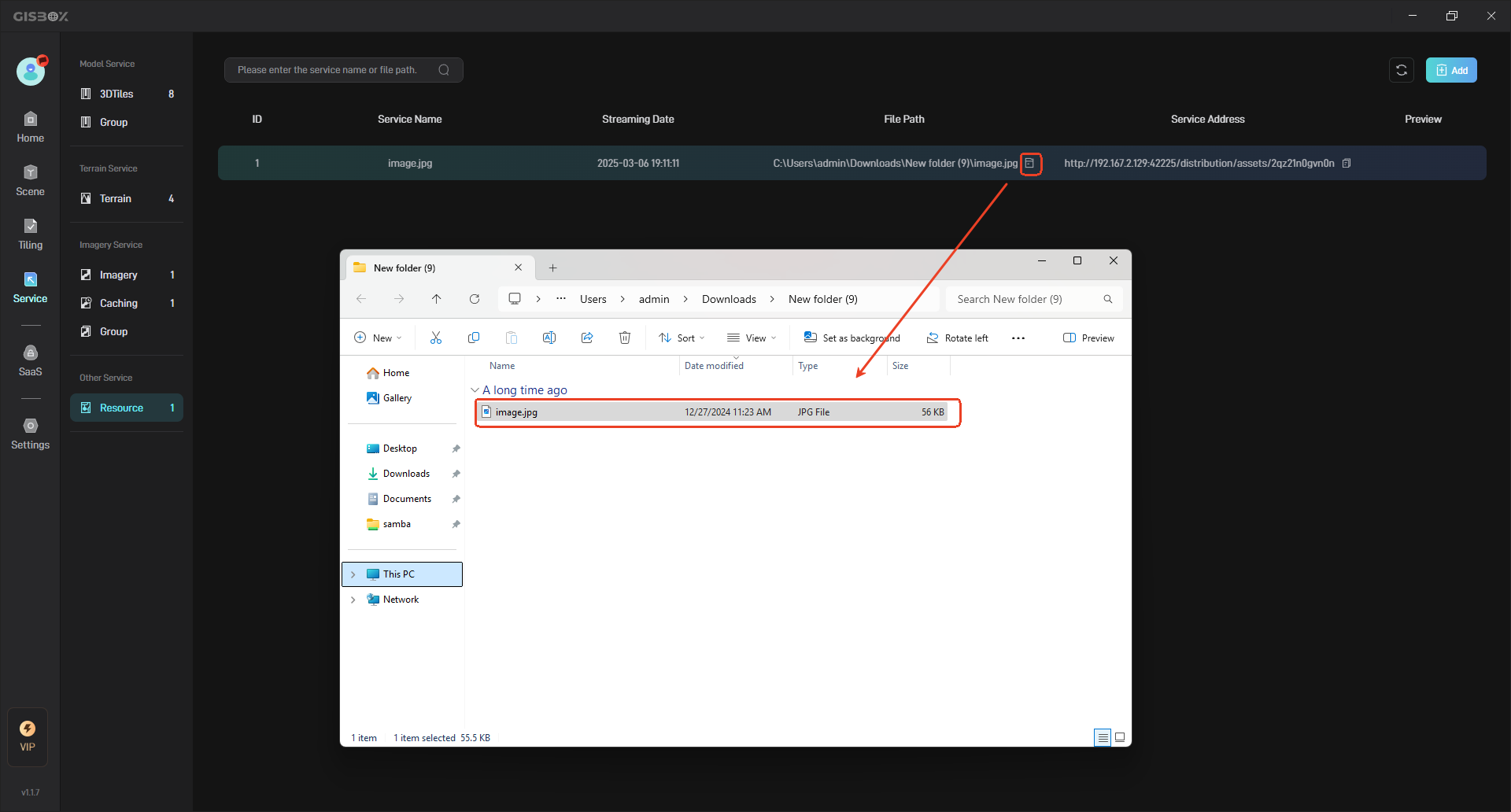
2.4 Copy Resource Service
Click the “Copy” button to copy the service address of the resource service.
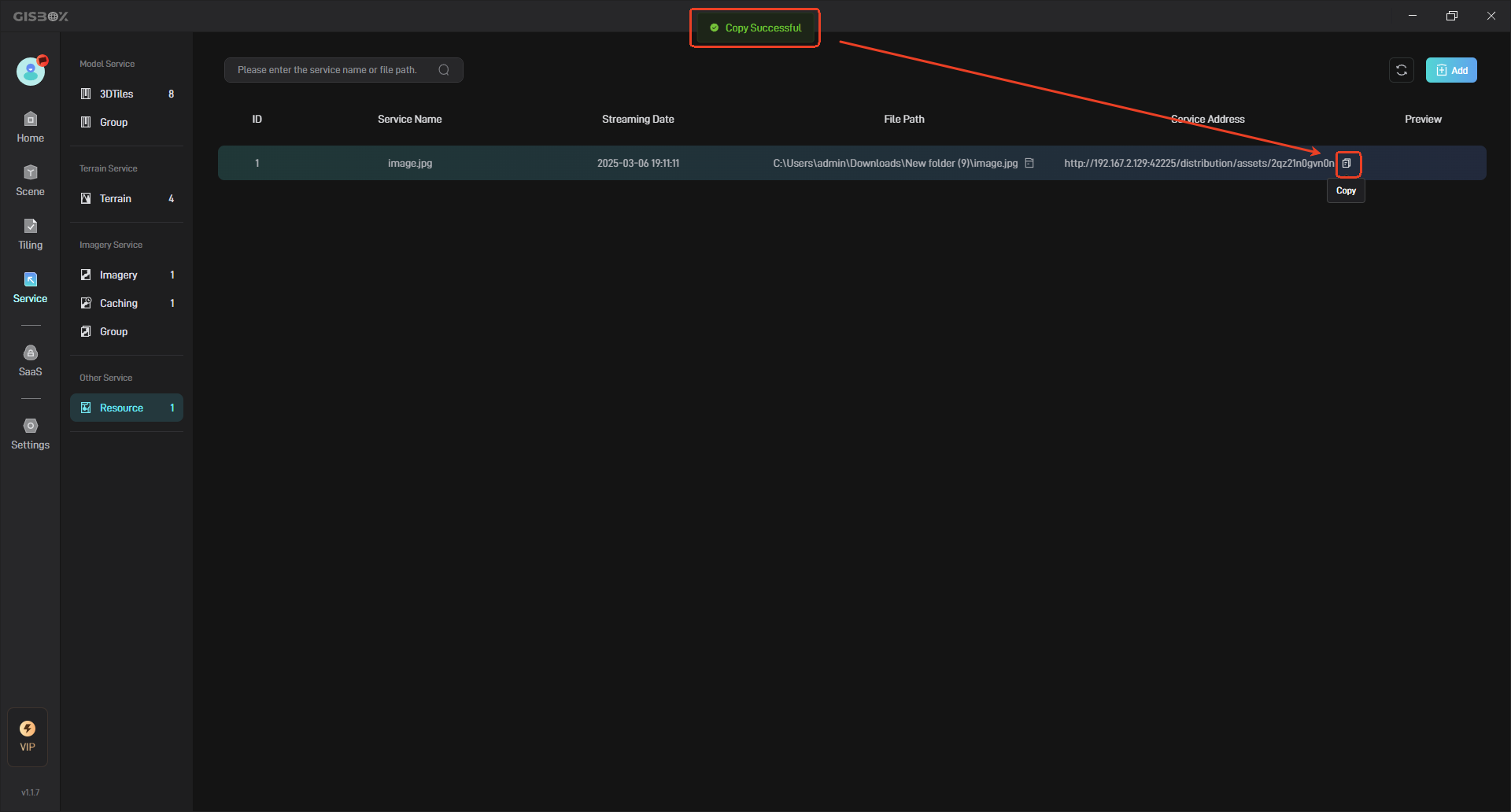
2.5 Delete Service
Select the resource service you want to delete, and then click the “Delete” button to delete the selected resource service.
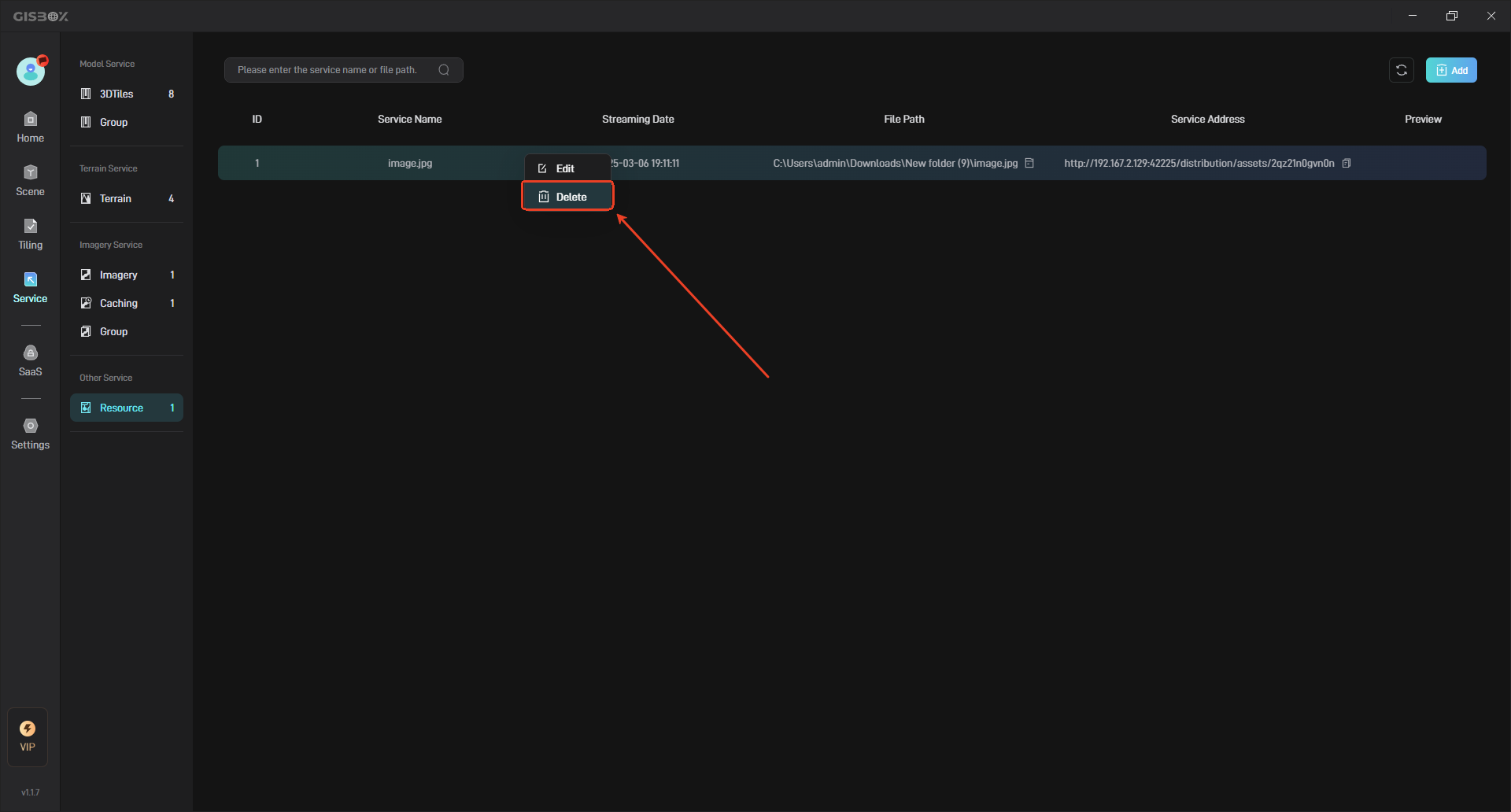
2.6 Refresh Service
When a new resource service is added but not displayed in the interface, you can click the **”Refresh” **button in the upper right corner to load the newly added resource service.
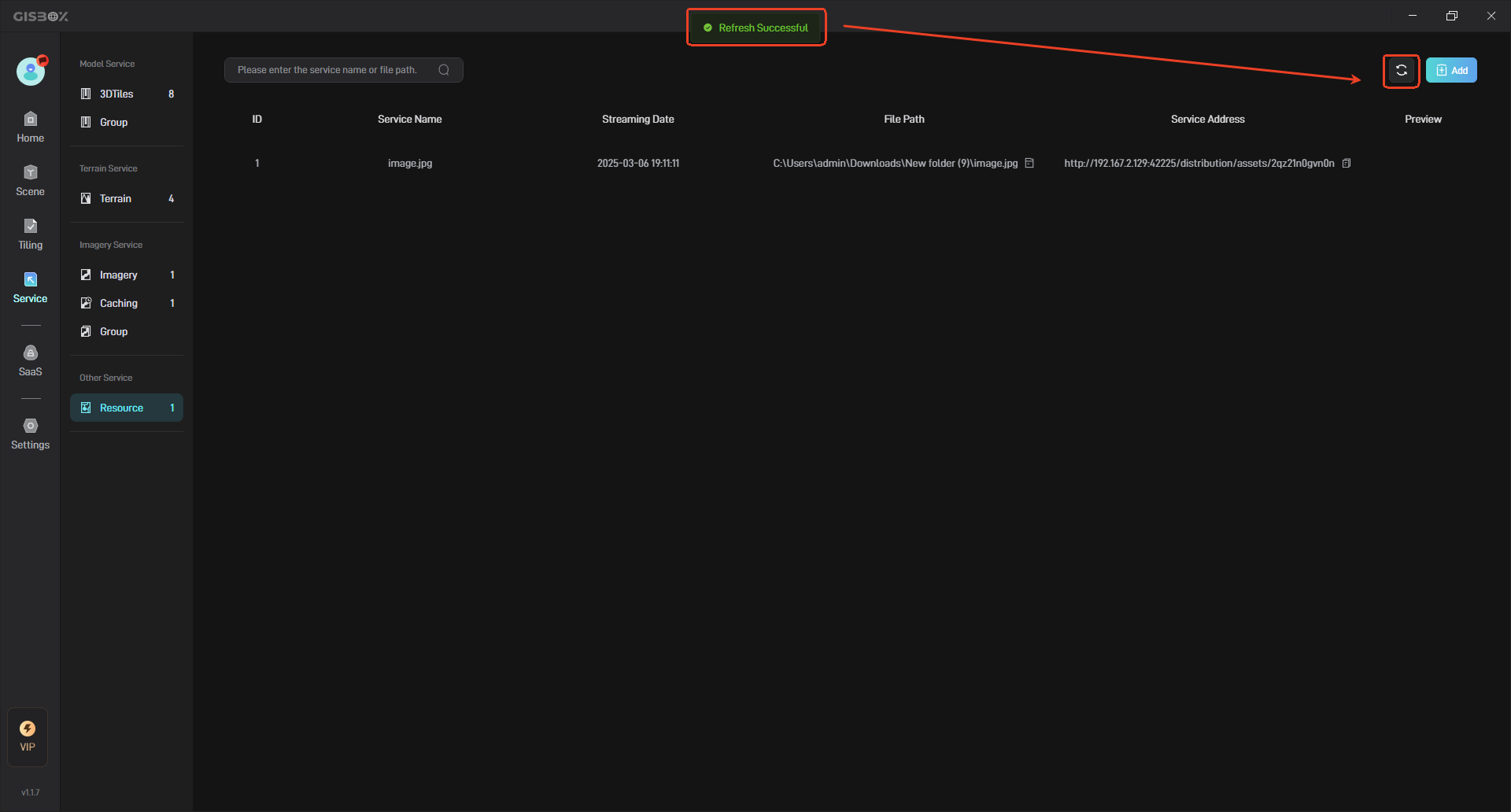
3. Use service address
The generated service address can be applied to GIS platforms such as Cesium, and can also be applied to some digital twin project building platforms, such as Wings Engine. The following takes “Connecting the service address to Wings Engine” as an example to illustrate:
First, click the “Copy” button to copy the terrain service address, as shown below:

Open Wings Engine and click the “New” button in the upper left corner to create a new project.
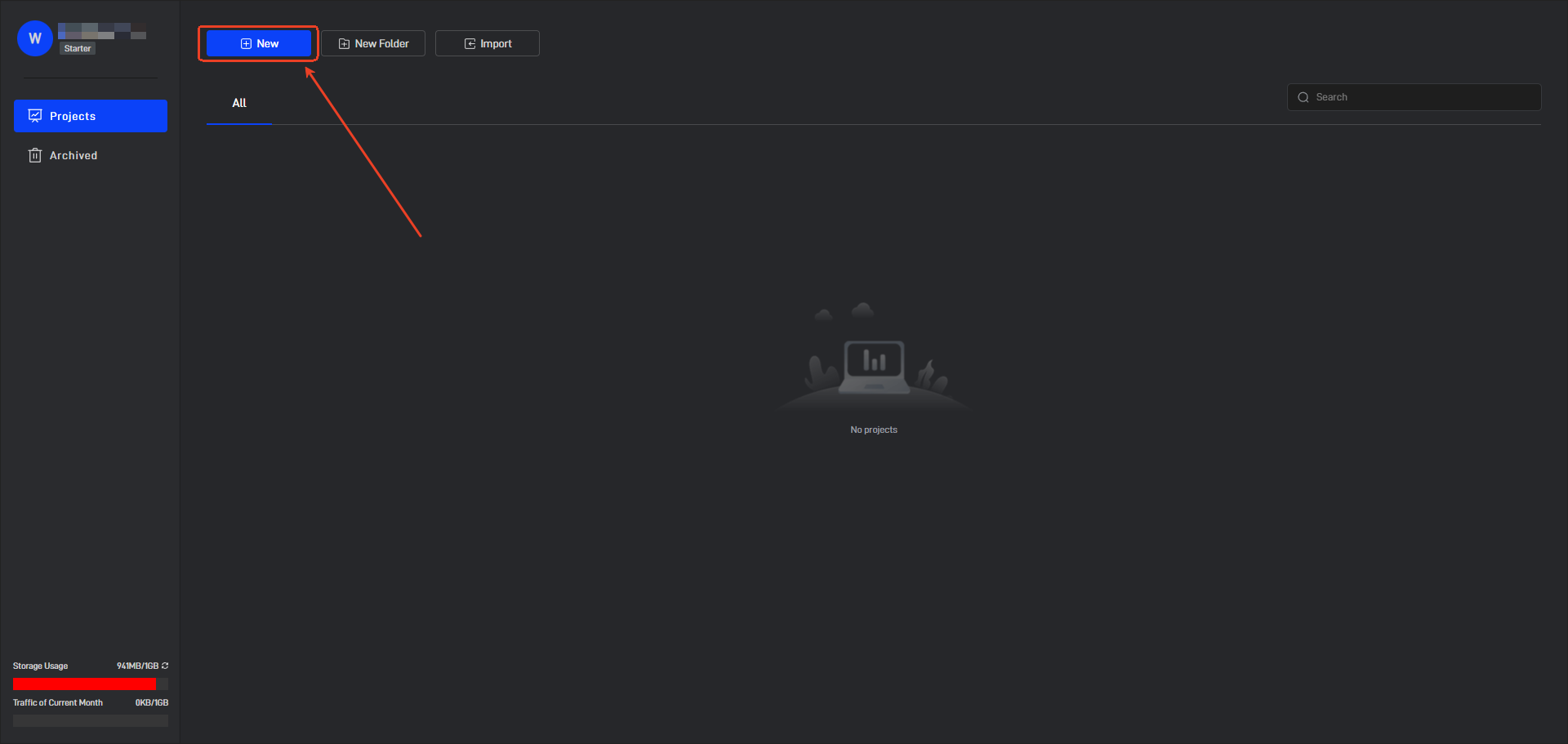
Click GIS on the left, select “GIS Blank”, enter the project name, and finally click the “Create” button.
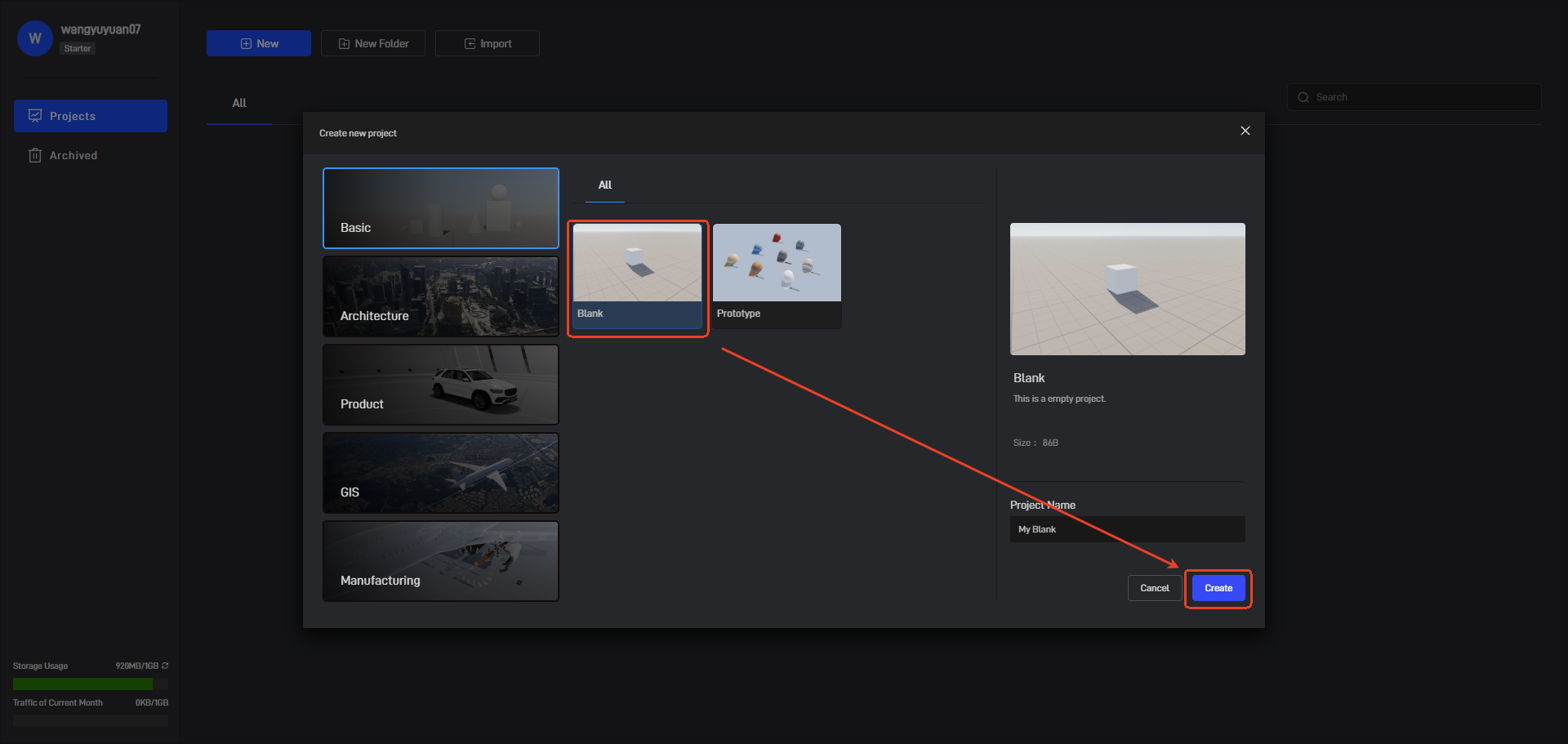
Click to switch to the “GUI” page.
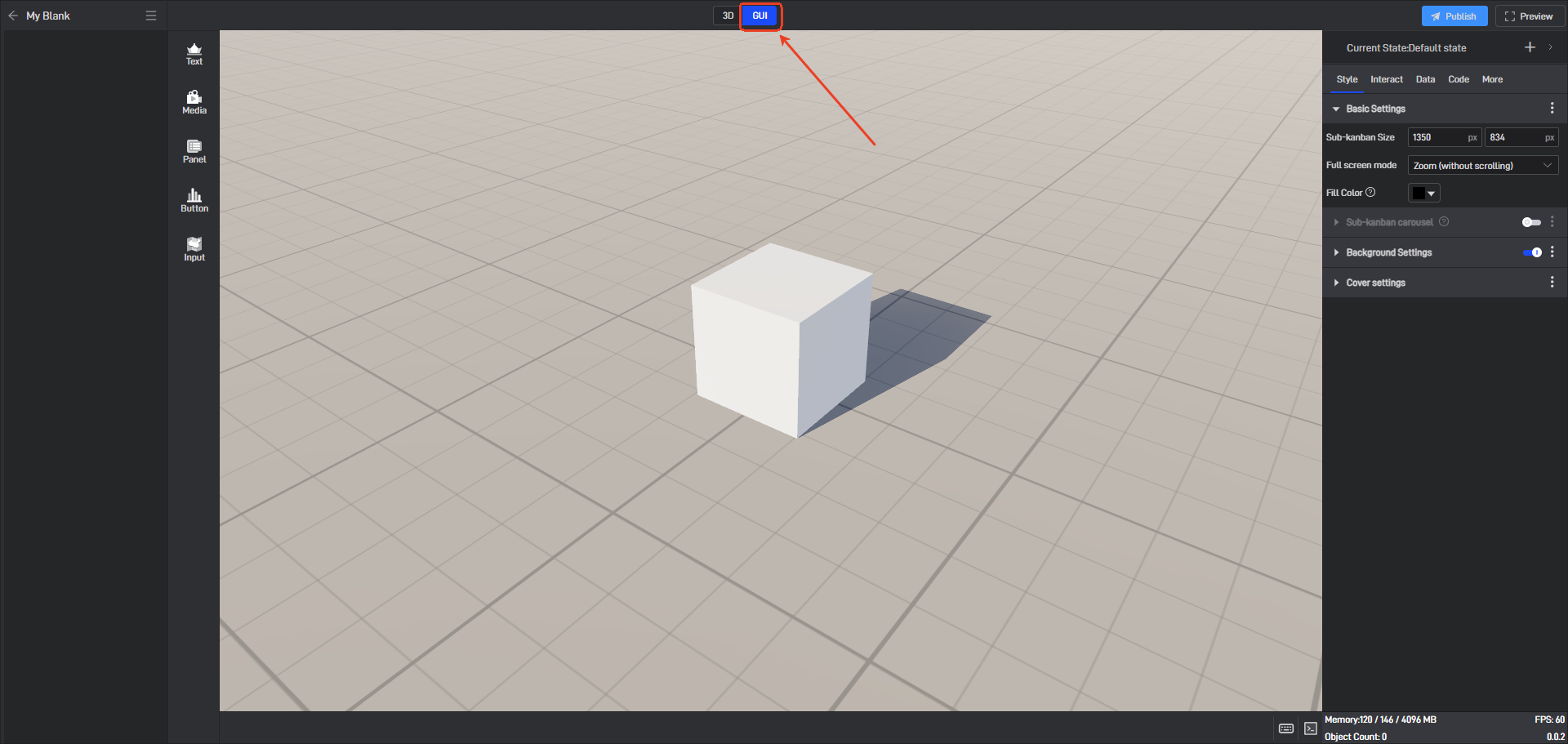
After the project is successfully created, it will be automatically opened. Click “Media” in the component bar on the left and add a “Image” component.
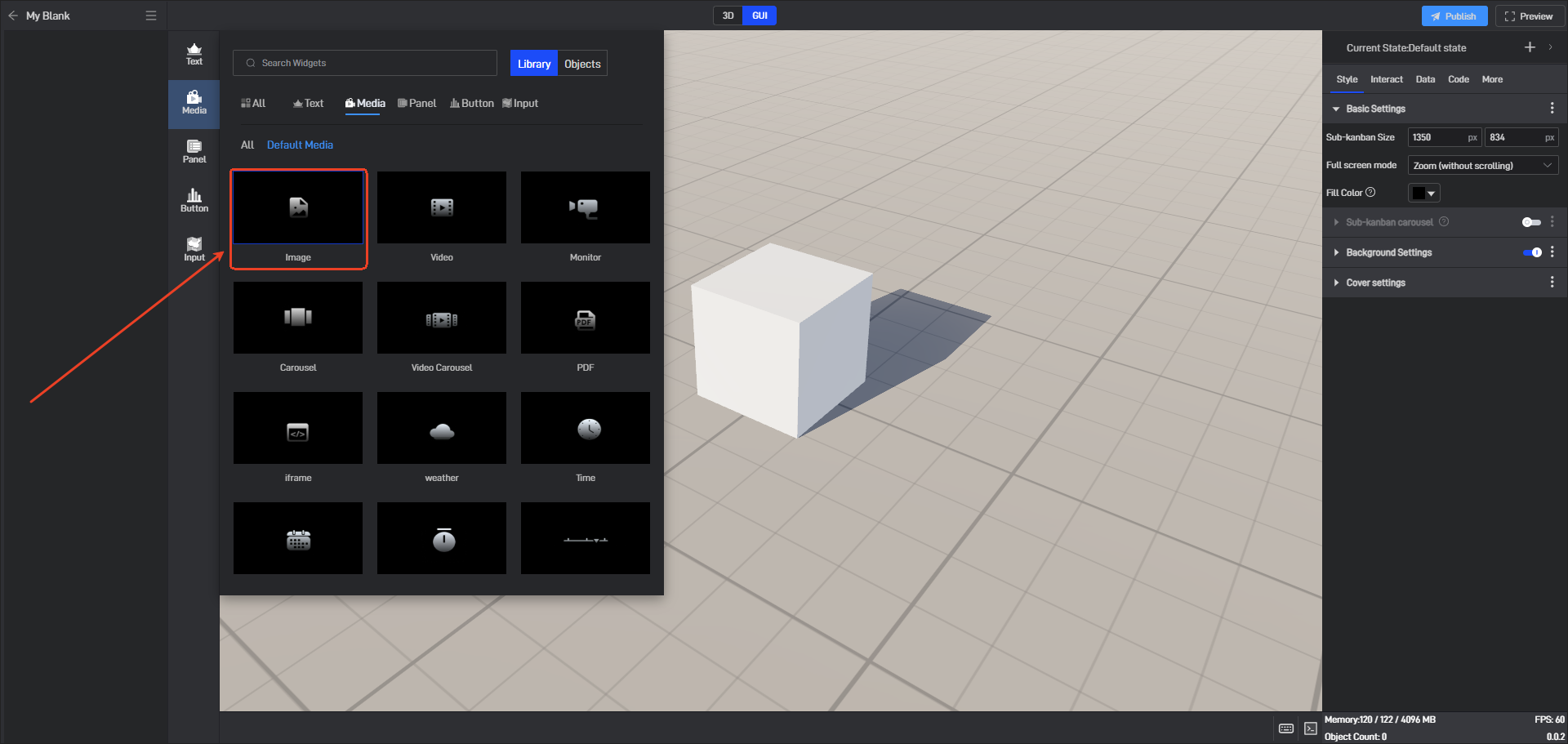
Click to select the “Image” component, expand the “Image URL” setting in the “Image Settings” on the right, and select “Enter Network Link”, as shown in the following figure:
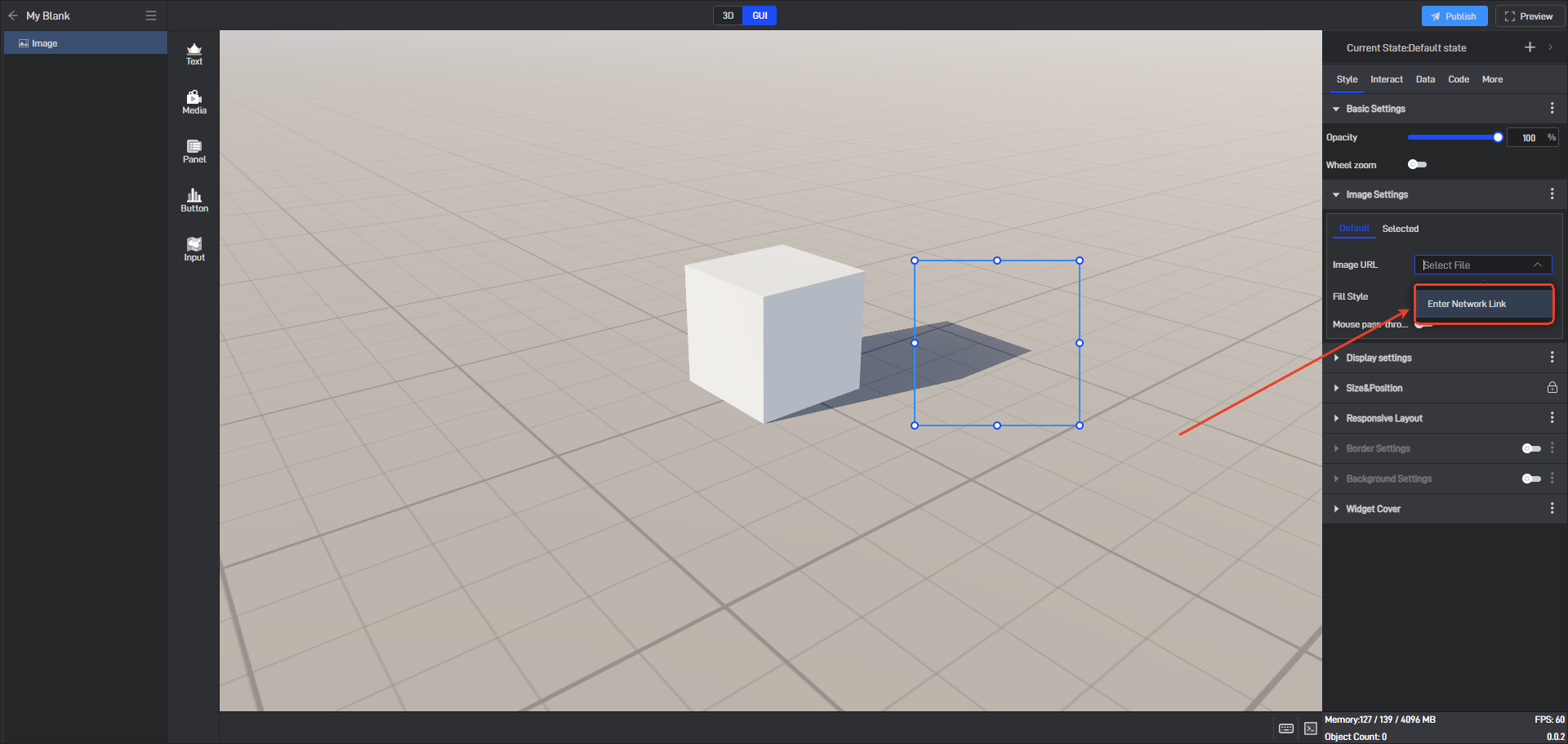
Paste the copied service address into the input field, and you can see the imported image resources, as shown below:
